Description
Hoya longifolia, also known as the wax plant, is a popular tropical houseplant. With its thick, waxy leaves and clusters of star-shaped flowers, it brings beauty and freshness to any indoor space. It is easy to care for, making it a great choice for beginners or busy individuals. Enjoy the air-purifying benefits and aesthetic appeal of Hoya longifolia in your home today.
Full Botanical Name:
Hoya longifolia
Common Names:
Long-Leaf Hoya
Country and/or Region of Origin:
Native to parts of Southeast Asia.
Growing Conditions in Native Habitat:
Typically found in tropical climates, growing as epiphytes on trees in rainforests where it enjoys high humidity and filtered light.
Care Information:
-
Light:
Prefers bright, indirect light. It can tolerate lower light levels, but its growth may slow, and flowering may be reduced. -
Ideal Room:
Suitable for any room that receives bright, indirect sunlight, such as living rooms or bedrooms with east or west-facing windows. -
Feeding:
Fertilize every 4-6 weeks during the active growth period with a diluted liquid fertilizer. Reduce feeding during the dormant winter period. -
Humidity:
Benefits from high humidity. Regular misting or a pebble tray can help maintain appropriate humidity levels. -
Ideal Temperature:
Prefers temperatures between 60°F and 80°F (15°C to 27°C). Avoid temperatures below 50°F (10°C). -
Watering:
Water when the top inch of soil feels dry. Be careful not to overwater, as Hoya prefers slightly dry conditions between waterings. -
Pet/Child Safe:
Generally non-toxic to both pets and children. -
Soil:
A well-draining potting mix is essential, such as a combination of orchid bark, perlite, and peat moss. -
Propagation:
Propagation is easily done via stem cuttings, ideally taken in spring or early summer. -
Eventual Height and Spread:
Can grow to lengths of several feet if given the room to trail or climb. -
Growth Rate:
Moderate, depending on light levels and care. -
Pests and Treatment:
Look out for pests like mealybugs, aphids, and spider mites. Treat with insecticidal soap or neem oil as necessary. -
Repotting:
Repot every 2-3 years or when the plant shows signs of being pot-bound. -
Pruning:
Pruning can be performed to maintain desired shape and size, or to remove unhealthy parts. -
Folk Law:
Hoyas are often associated with protection and prosperity, making them popular houseplants in many cultures.

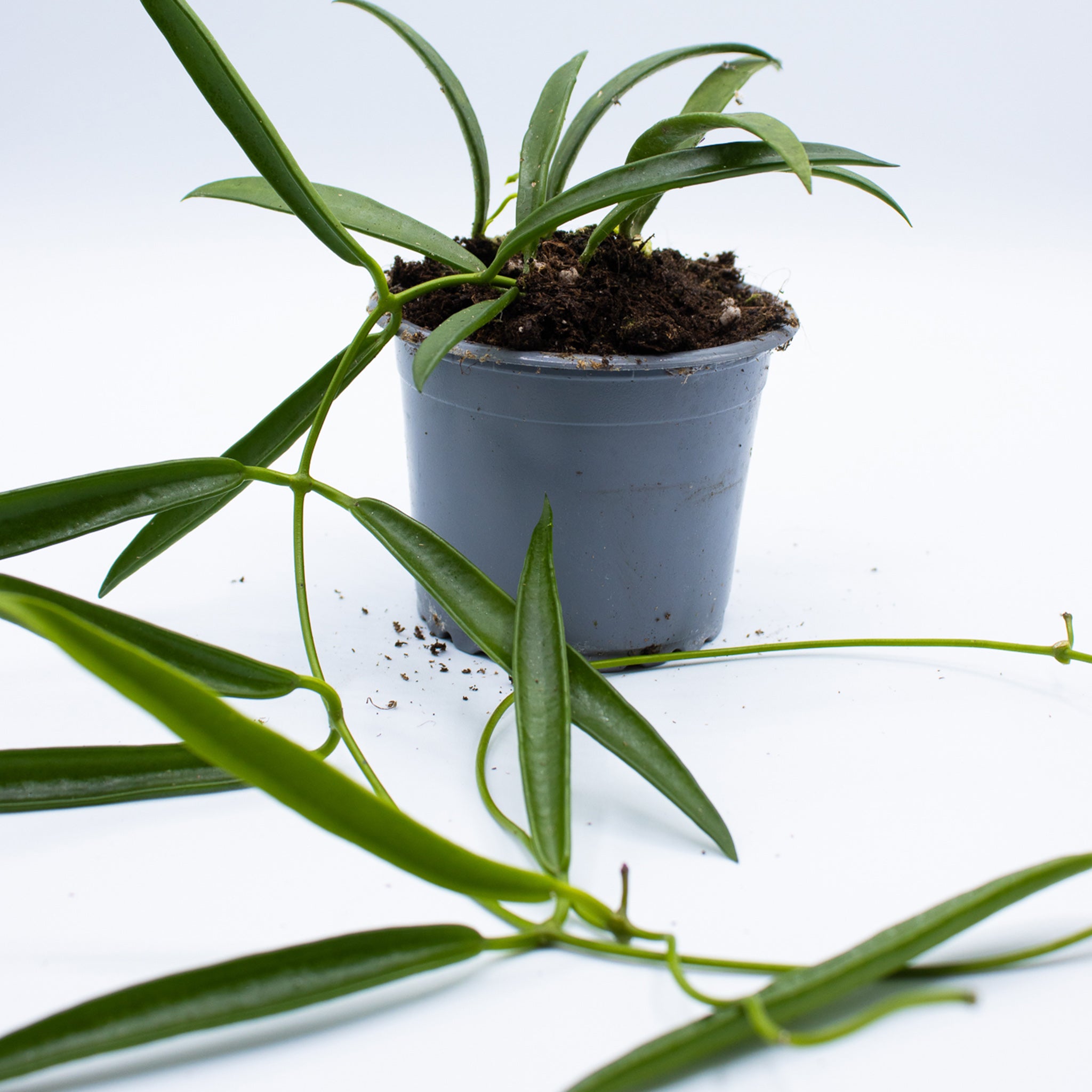
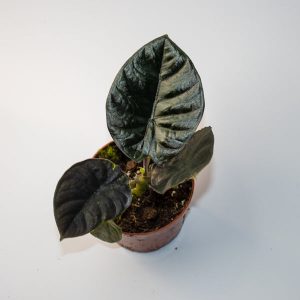
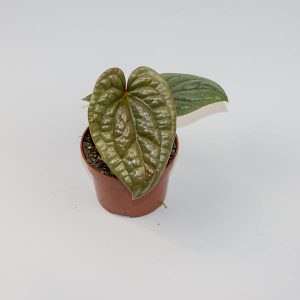
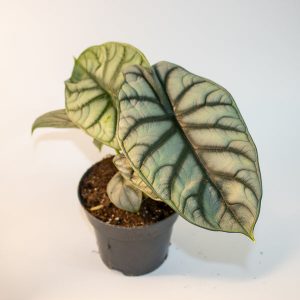
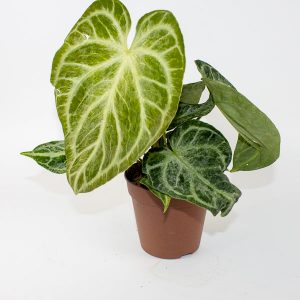
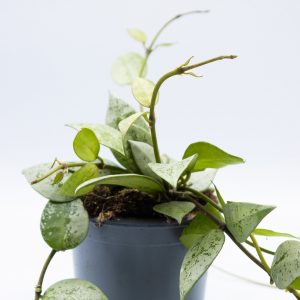
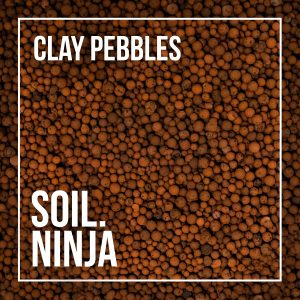

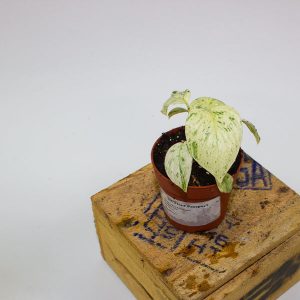
Reviews
There are no reviews yet.